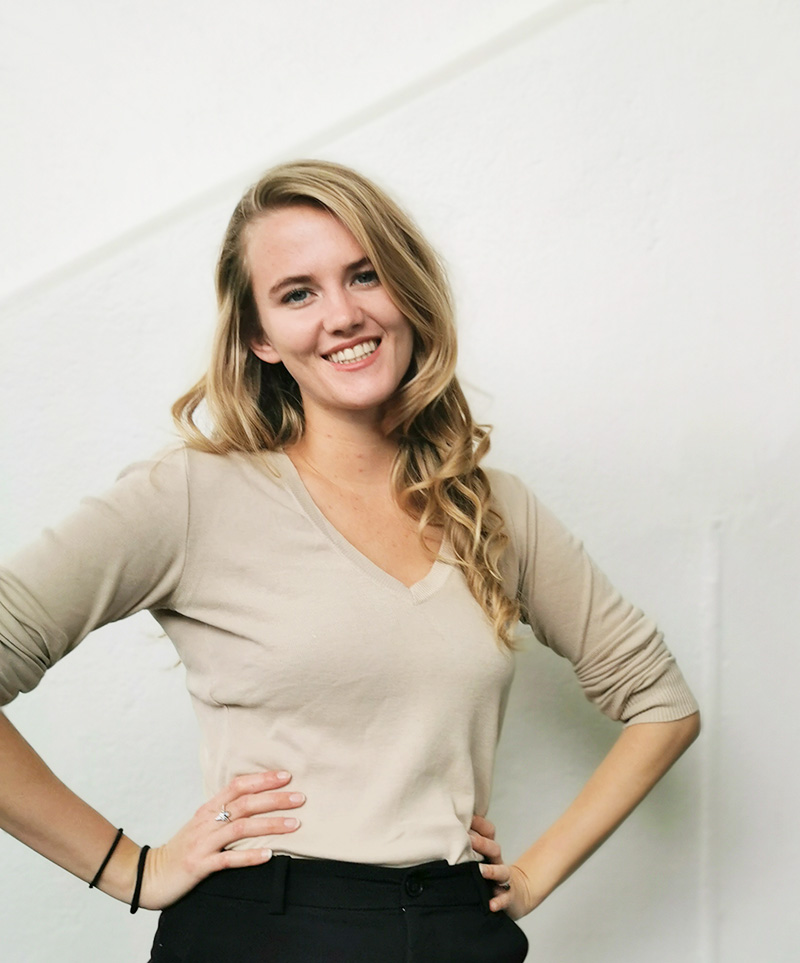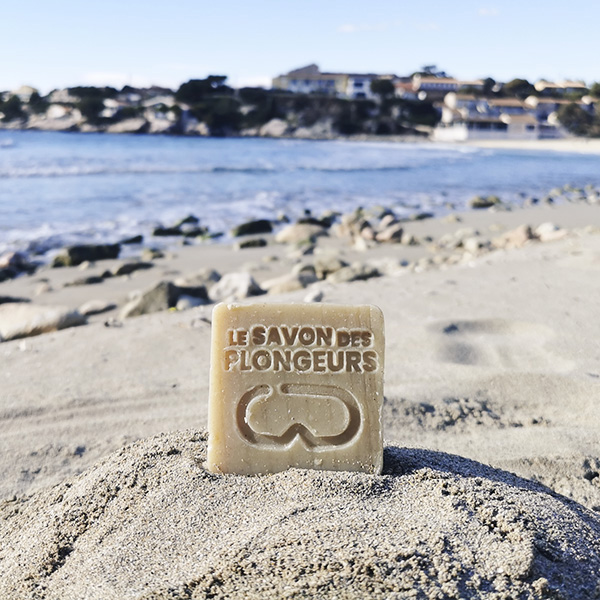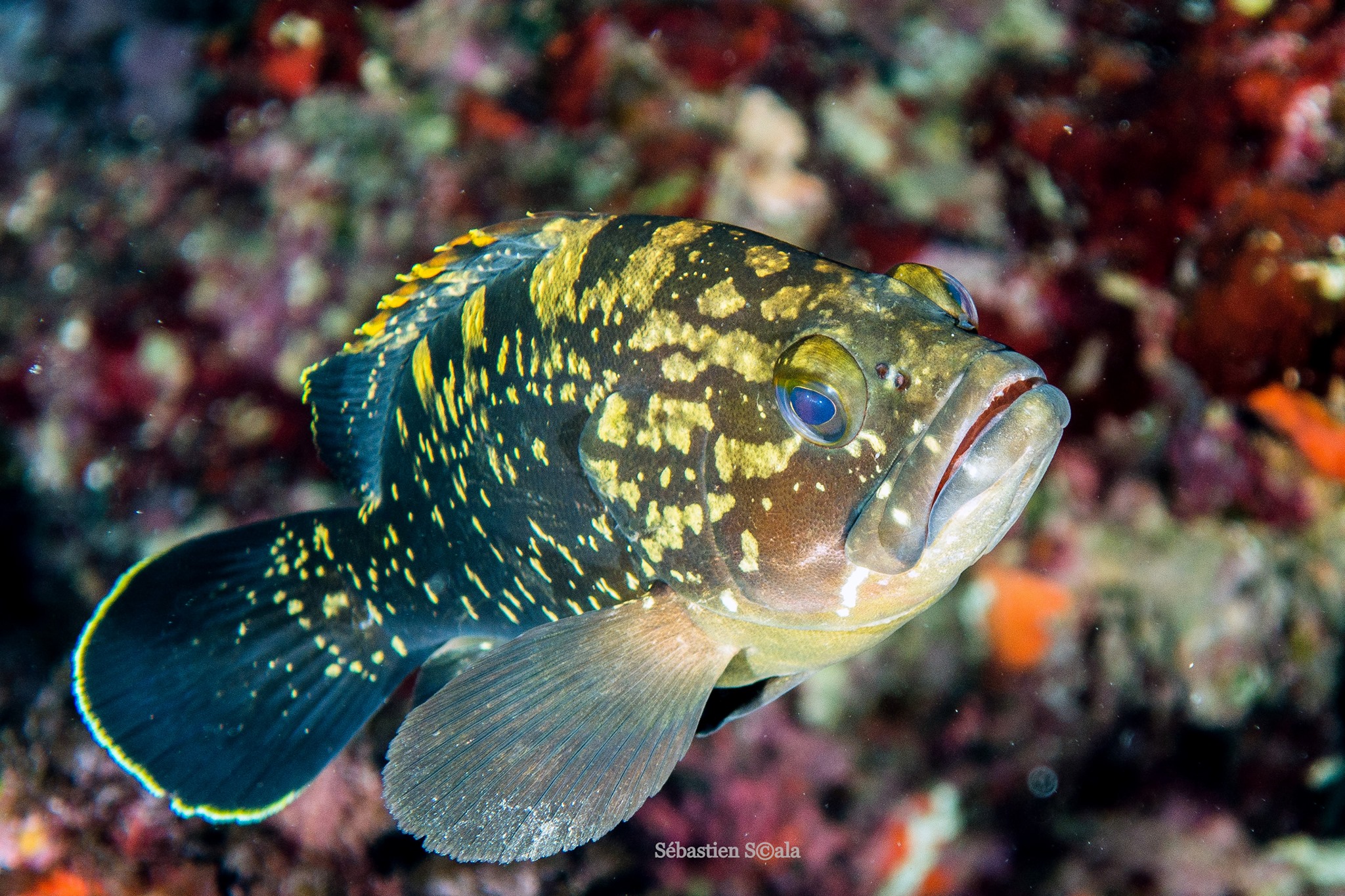Today we are constantly bombarded with information via social networks, and the media about pollution and pollutants present in certain cosmetics. Conventional shampoos are one of them.
Despite all this information, many of us still use these shampoos. Is it the price? Is it the ease of purchase in supermarkets? Not being accompanied enough by the brands to choose THE shampoo that suits us?

The testimony of our e-commerce manager: Vanille Van Der Cam
When I started working at Click-Dive in October 2020 for the brand “Le Savon des Plongeurs”, I was already engaged in a daily effort to reduce the consumption of plastic. I am 29 years old, I spent a large part of my life traveling for personal and professional reasons, and I realized that plastic was everywhere. I wanted to use my skills to participate in concrete actions to preserve our oceans. Click-Dive goes far beyond offering plastic-free cosmetics, they act on the ground with several projects. Their passion for the sea and the people made me want to invest even more in my daily life.
I took the opportunity to improve myself by slowly switching to a plastic-free bathroom, starting by switching my conventional shampoo to an organic 2-in-1 hair soap.
A long step towards a shampoo that suits me:
In the shops, we see a wide variety of shampoos “for blonde hair”, “for oily hair” “for a silky effect”, etc.
Each hair has its own shampoo, but in the transition to a solid shampoo, I didn’t think this was important at all. And yet!
My first few tries didn’t go so well… My partner, with his thicker, darker hair, quickly regained his beautiful, natural curls with “because I’m worth it” volume. For him, the effects of the change to a solid shampoo were much faster than for me. Unlike him, I am a blonde with thin hair. Indeed, the result was quite different. I was initially disappointed and worried about the state of my hair: oily hair, dry ends (straw feeling) and to top it all off, untameable to brush. I took advantage of the winter to hide them under my hat! I often reused my old commercial shampoos. I failed several times during my transition to natural…
But today I’m happy to announce that I’m past this particular phase thanks to patience, perseverance and especially thanks to my research on many articles or groups. I realized that this transition takes time. And I especially learned some tips! Here are some tips and tricks that I now use on a daily basis!
Because, in order to do the right thing, you need to be well-informed about all the ins and outs!
What happens to our hair with conventional commercial shampoos?
Sulfates, primary surfactants widely used in shampoos and shower gels, are used to lather and wash the hair. These chemical components are included in the composition of our industrial cosmetics under the name “Sodium Lareth Sulfate” or “Amonium Lauryl”. Unfortunately, these sulfates are aggressive and irritate the skin, mucous membranes and hair. To limit their irritating effect, the industries combine the sulfates with a softening surfactant. In spite of their trick, the scalp gets damaged and produces an excess of sebum to soothe the irritation.
The famous silicones, an inorganic polymer obtained from petrochemicals, are used as a texturizer and film-former. They accumulate on the hair, forming an impermeable plastic layer that creates a silky effect. Thus covered with an impenetrable material, the hair can no longer absorb the substances essential to its hydration and ends up breaking.
These products push us to wash our hair more regularly and therefore continue using their shampoos.
The steps to a smooth and healthy transition for our hair!
By understanding the damages caused by these ingredients, we understand that we can’t expect our hair to regain its natural state overnight with a wave of a magic wand.
We must start by spacing out the time between shampooing our hair in order to limit irritation of the scalp and to reduce sebum secretion. Ideally, we should only wash our hair once a week. In my transition, I started by spacing out the days of washing, and gradually started using the solid shampoo.
The grandma’s trick:
During this change, we often suffer from excess sebum, which causes a feeling of itching. After a lot of research, I found a grandmotherly tip that works wonders. It’s so simple and effective; you have to brush your hair every day in order to spread the sebum over the entire length of the hair. I want to make it clear that I brush my hair every day, but there’s brushing and brushing… It is a matter of taking your time during the day and passing the brush from the scalp to the tips and to do the whole head and even start again with the head upside down to better spread this famous sebum on the whole length of the hair. This practice relieves the scalp and nourishes the hair!
When you switch to natural shampoo, stop using after-shampoos, masks and serums and let your hair breathe. Expect your hair to be not as shiny and easy to brush.
One technique for people with fine hair is to start brushing with a wide-toothed wooden or horn comb and gradually finish with a brush.
Another tip to make hair shinier and easier to detangle is to add lemon juice or cider vinegar to the water when rinsing.

Cut your hair:
Contrary to what the cosmetic industries imply, hair, once damaged (dry ends, brittle…), cannot repair itself. By stopping conventional shampoos, the damage will eventually decrease. Ideally, it would be to cut the damaged hairs. However, if you’re reluctant to get a good haircut, take it one step at a time, by only cutting the split ends. A bobbed haircut for the summer, why not!
Nourishing and moisturizing your hair:
It is advisable to take oil baths of argan, coconut or jojoba before each shampoo to deeply moisturize the hair. A hair freed from its silicones may finally assimilate the hydrating and nourishing properties of one of those oils.
Patience:
Patience is required, as the results are not immediate. However, in the long run, you will notice that your hair grows faster, is less greasy, less dry and will regain its natural waves and especially gain volume. My transition was not easy, but I am very happy that I persevered. I can feel my hair detoxifying day by day and becoming stronger. I have managed to break the vicious circle of washing my hair every other day.

The environmental impact:
Sulfates and silicones are not biodegradable and accumulate in nature. Some silicones are considered pollutants, bioaccumulators and toxic to the environment. Harmful products don’t stop at the shower. Because of the significant increase in chemical pollution all around us and because we are now aware of the harmful products used by cosmetic companies, it would be better if we adopt a different way of consumption. We can consume in a more sustainable way in order to preserve the environment, the animals and our health.
By choosing our organic shampoo, you avoid two 250 ml plastic shampoo bottles, you support the local economy, a French artisanal soap factory and you liberate your hair from all these toxins.
Not to mention that every purchase on our online store contributes to the care of the sea turtles of the CESTMed association’s care center. You can discover the association through our online article!
Each small gesture counts.








